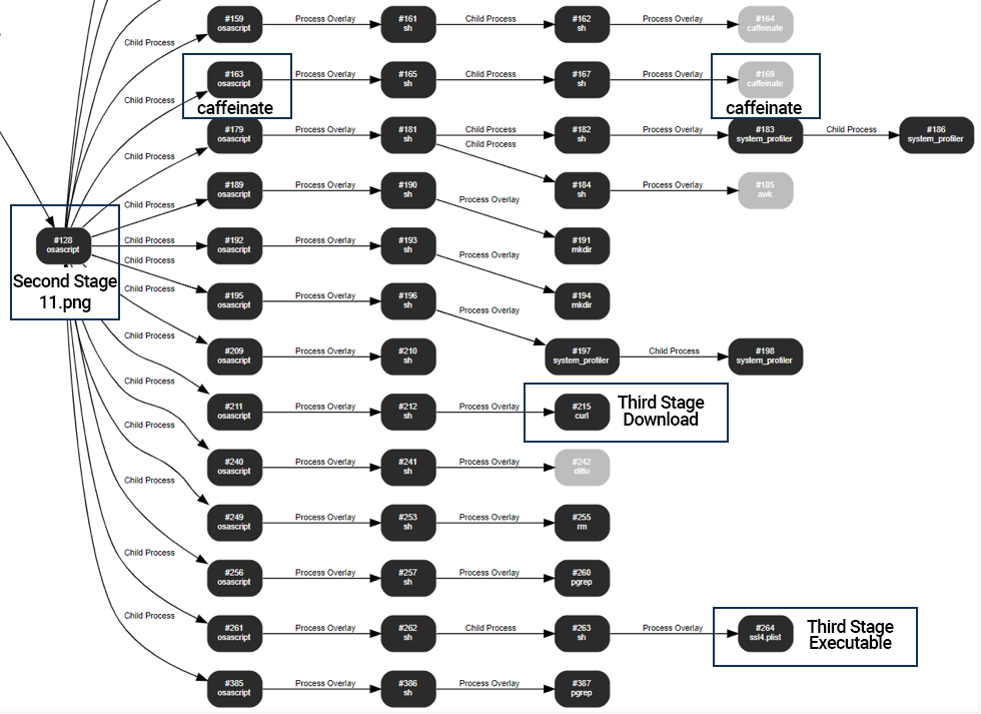
The dynamic analysis will be able to detect that and Analysts will immediately know to perform static analysis on that memory dump.
USED RUNONLY TO AVOID DETECTION FOR CODE
Consider a piece of malicious code that runs and causes some changes in memory. The hybrid analysis applies static analysis to the data that is generated by behavioral analysis. Hybrid analysis can detect hidden malicious code, and extract many more IOCs by statically and previously unseen code.It is capable of detecting unknown threats, even from the most sophisticated malware. Combining both types of malware analysis techniques offers the best of both approaches. We already know now that basic static analysis isn’t reliable when the malware has a more sophisticated code, and sophisticated malware are sometimes, able to avoid detection by sandbox technology. So, as a form of deception, adversaries hide their code in a way that it remains dormant until specific conditions are met. This technique provides deeper visibility of the threat and its true nature.Īutomated sandboxing, as a secondary benefit, eliminates the time, which otherwise would have been spent for reverse engineering a file to discover a malicious code.ĭynamic analysis can be a challenge, especially against smart adversaries who know sandboxes will be used eventually. This isolated virtual machine is a closed system that allows security experts to observe the malware closely in action without the risk of system or network infection. In dynamic malware analysis, a suspected malicious code is run in a safe environment called a sandbox. Learn Cyber Security and kickstart your career in this field. In these cases, dynamic analysis is more helpful in getting a complete understanding of the file behavior. The malware could go undetected if a basic static malware analysis is used.

For example, a file that generates a string and downloads a malicious file depending on the dynamic string. Since static malware analysis does not run the malware code, there can be malicious runtime behavior in some sophisticated malware, which can go undetected. These tools can gather information on how the particular malware works. Various tools like disassemblers and network analyzers have the ability to observe the malware without running it. In this kind of malware analysis, the technical indicators like file names, hashes, strings such as IP addresses, domains, and file header data are identified.

It is useful for revealing malicious infrastructure, packed files, or libraries. A basic static analysis does not require a malware code that is actually running. Static malware analysis examines files for signs of malicious intent. There are three types of malware analysis that can be conducted:


 0 kommentar(er)
0 kommentar(er)
